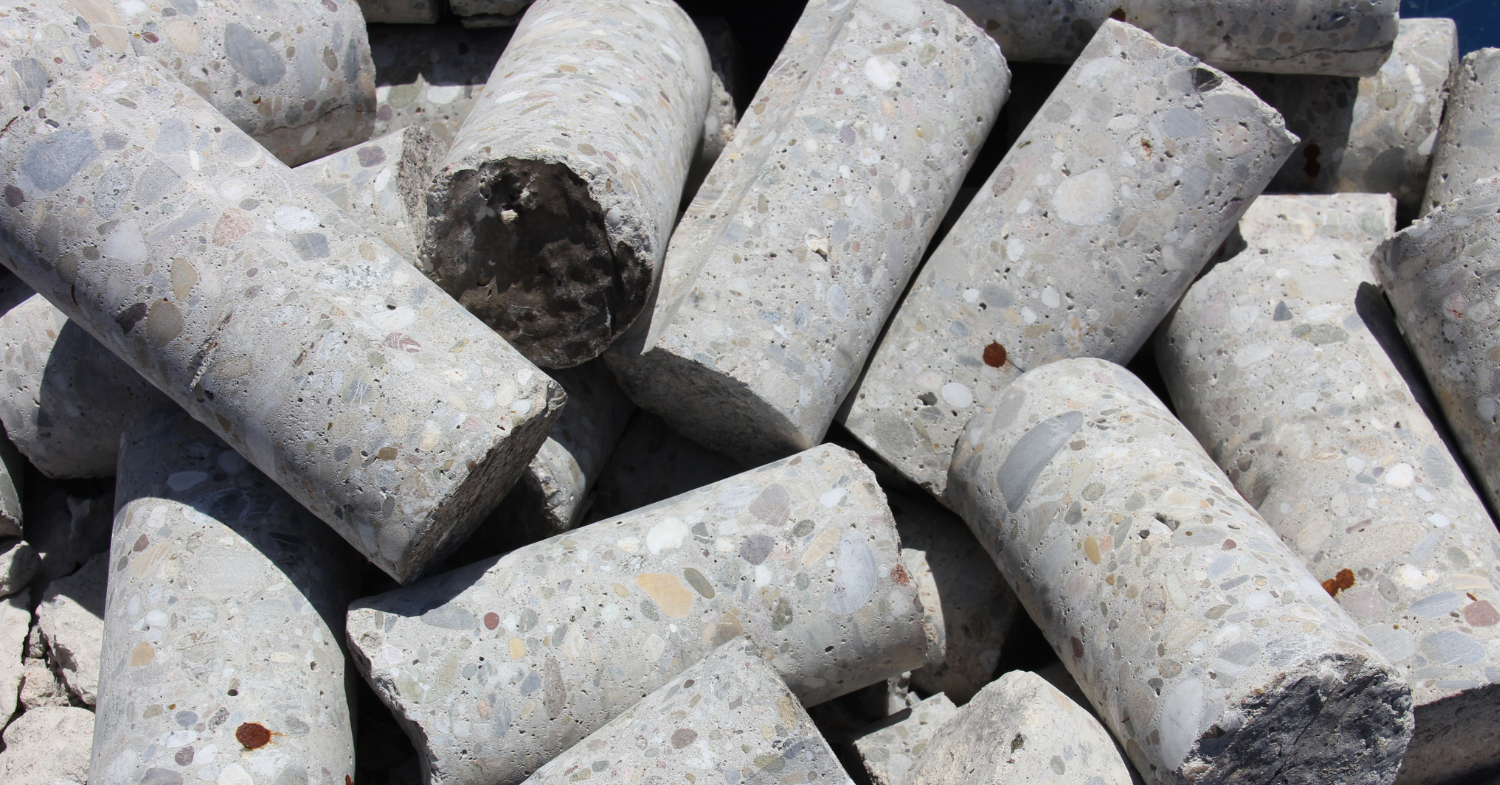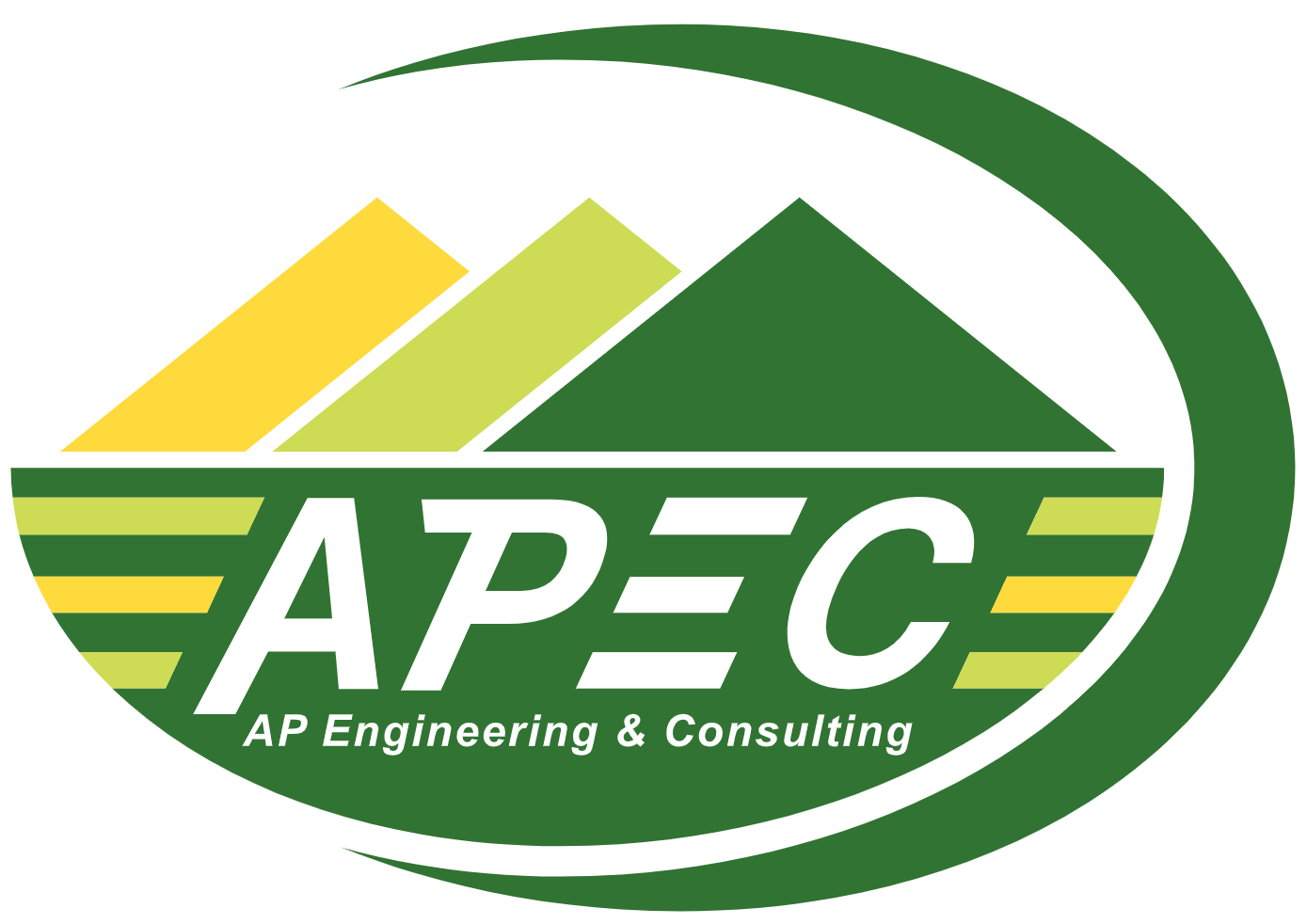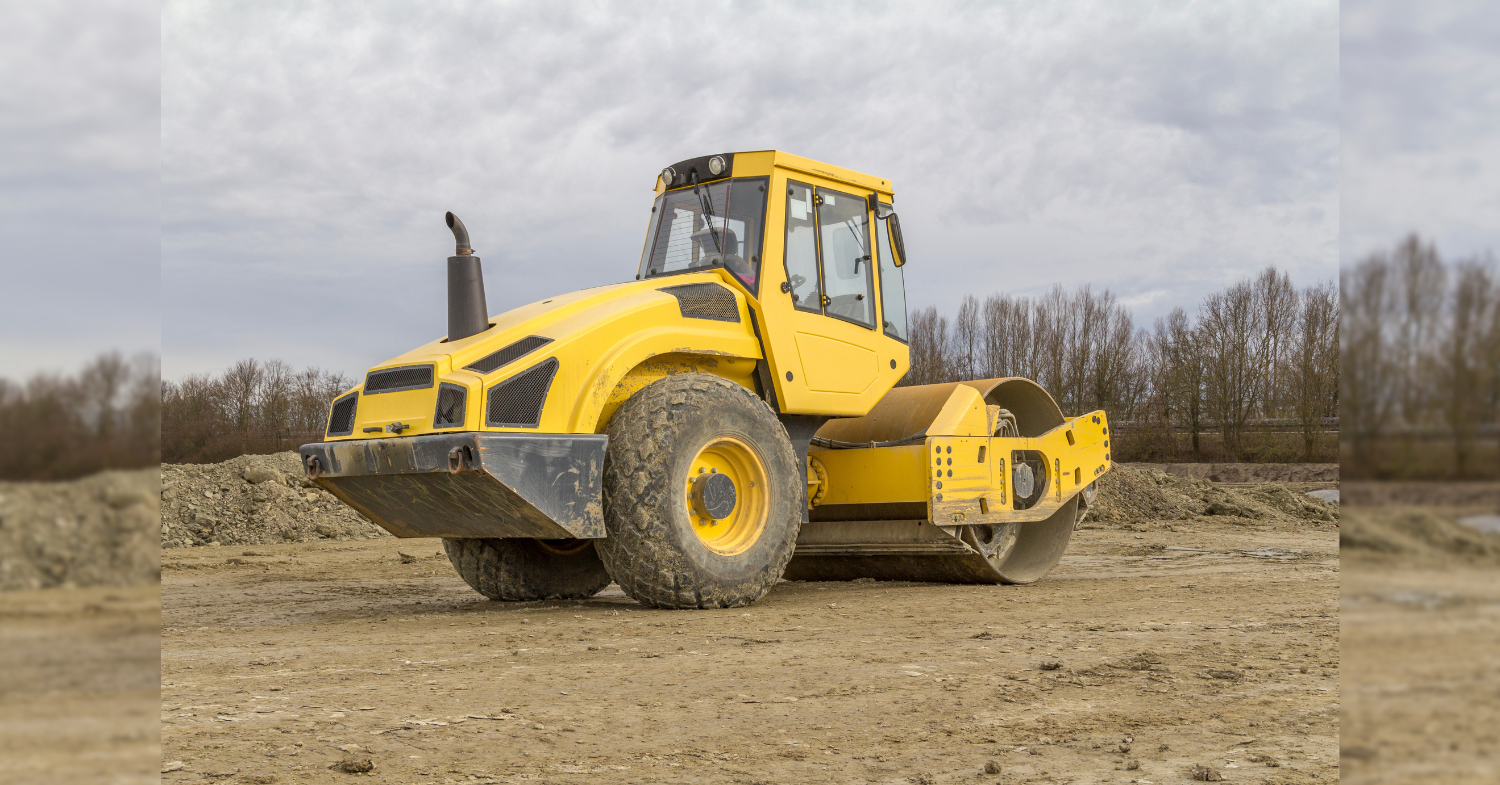Coring in Construction: Precision for Success

Concrete coring is a precise method for extracting cylindrical samples from concrete structures, essential for structural analysis, quality control, and compliance with safety standards. This technique allows engineers to assess the integrity and composition of concrete, ensuring that construction projects meet the required specifications and are built to last.
Blog Highlights
In this blog, we will cover:
- What concrete coring is and why it’s important in construction.
- Techniques used in concrete coring, including wet and dry coring.
- Applications of concrete coring for utility installation and structural testing.
- The benefits of concrete coring for material analysis, regulatory compliance, and preserving structural integrity.
What Is Concrete Coring and Why It’s Important?
Concrete coring involves using specialized equipment to drill through concrete surfaces, creating precise openings for various applications. This process is vital for tasks like installing utility conduits, plumbing, and HVAC systems, as well as for testing the quality and strength of existing concrete structures. The precision of coring ensures minimal disruption to the surrounding material, maintaining the structural integrity of the construction[1].
Techniques Used in Coring
Concrete coring employs various techniques tailored to specific project requirements:
- Wet Coring: Utilizes water to cool the drill bit and reduce dust, making it ideal for indoor environments where air quality is a concern[2].
- Dry Coring: Used when water cannot be applied, though it may produce more dust and requires appropriate ventilation measures[3].
- Handheld Coring Devices: Suitable for smaller, more accessible areas where precision is needed.
- Rig-Mounted Systems: Employed for larger, more demanding tasks, offering enhanced stability and precision[2].
Applications of Concrete Coring
The applications of concrete coring are diverse and integral to modern construction practices. It facilitates the installation of essential utilities by creating precise openings for plumbing, electrical wiring, and HVAC systems. Moreover, coring is employed in structural testing, allowing engineers to extract samples for assessing the compressive strength and overall quality of concrete, which is crucial for both new constructions and the evaluation of existing structures[3].
Benefits of Concrete Coring in Construction
Concrete coring provides numerous benefits that make it an essential tool in construction projects. One significant advantage is its ability to deliver accurate material analysis. Core samples allow engineers to assess the concrete's composition, density, and strength, ensuring that structures meet design specifications and are robustly constructed[1]. Coring as a minimally invasive process preserves the integrity of the surrounding structure. This minimizes the risk of damage during modifications or assessments, making this non-destructive approach ideal for projects requiring careful precision[3].
This process plays a critical role in supporting regulatory compliance by providing detailed data on concrete quality. Coring ensures that projects adhere to stringent industry standards and safety regulations, protecting both builders and future occupants[2].
Through enabling detailed analysis of concrete structures and facilitating various installations without compromising structural integrity, concrete coring’s precision and versatility make it indispensable for modern construction projects, ensuring that structures are safe, compliant, and built to last.
APEC's Expertise in Concrete Coring
At APEC, we specialize in delivering precise and reliable concrete coring services. Our experienced team utilizes advanced techniques and equipment to provide accurate results tailored to your project's specific needs. We prioritize safety, efficiency, and quality, ensuring that our coring services support the success of your construction endeavors.
References
- American Concrete Institute. (2021). Specifications for Concrete Construction (ACI 301-20).
- International Concrete Repair Institute. (2013). Guideline for Surface Preparation for the Repair of Deteriorated Concrete Resulting from Reinforcing Steel Corrosion (ICRI 310.1R-2008).
- National Institute of Standards and Technology. (2013). Improving Concrete Bridge Decks with Internal Curing.


